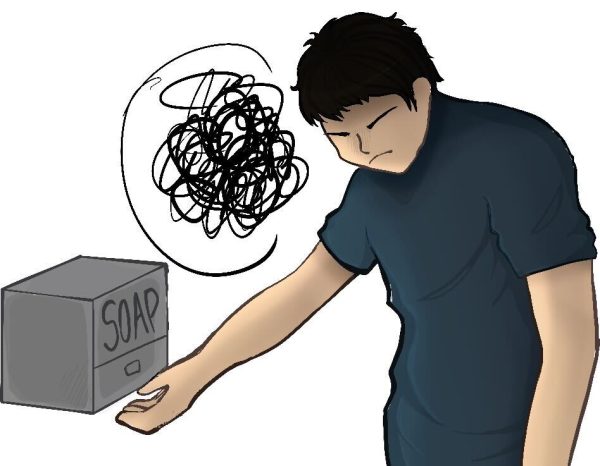Being Right: The prison system is not modern slavery

Kanye West called for a change to the 13th Amendment, claiming that although it abolished slavery, its exception regarding those incarcerated is in itself a modern form of slavery.
This is a common claim made by various organizations: that politicians and law enforcement are influenced by private corporations to arrest more people, as a higher prison population results in more cheap labor.
However, prison work programs are far from slavery and despite their imperfections, they benefit both the prisoners and the country as a whole.
The idea that high incarceration rates are due to arresting millions over drug use and possession is false. Despite the fact that inmates who committed drug offenses make up nearly half of the total prison population, 99.5 percent of all drug offenses are related to drug trafficking while the other 0.5 percent are related to possession.
The high crime rate in the ‘80s and ‘90s led to increased incarceration rates. As the crime rate has steadily fallen, so has the prison population. Depending on the state, prisoners are subject to some sort of labor, whether it is facility support, public work or working for private companies. Opponents of prison labor cite the net wages of the prisoners, which average around 86 cents. Due to the low net wages, they claim it is a form of slavery and exploitation.
However, only a minority of inmates work; an estimated 39 percent of the 2.3 million prisoners in the US work for their facilities. Participating in these jobs is not mandatory in all states, while not participating simply means reduced hours of free time and other benefits.
74 percent of jobs are used to run the prisons, such as laundry, kitchen work and janitorial work. The second most common type of jobs, at 44 percent, are jobs for public service, such as maintaining parks and roads.
Although many companies utilize the labor of prisoners, it is not common. A small minority are from work programs such as the Prison Industry Enhancement Certification Program (PIECP), in which participants work for private companies that have contracts with the prisons. Participants of the PIECP are paid market wages and are given benefits such as social security and work compensation.
It is illegal for private companies to hire prisoners if they are not a part of a work program. There are also many protections for participants such as set wages, maximum deductions and non-inmate worker displacement.
Legal financial obligations take out the majority of gross wages for prisoners, and these funds are used to pay for victim funds, child support and maintaining prison costs.
Sustaining prisons are a sizable burden on taxpayers, as the average daily cost of a prisoner is $87.61. Crime weighs heavily on the economy, resulting in $15 billion of economic loss in 2007. Getting rid of prison labor would decrease the efficiency of prisons as they would require more employees, thus increasing costs.
There are various instances where inmates working saves states significant amounts of money. Earlier this year, for example, California saved approximately $90 million by utilizing the support of inmates to battle wildfires.
Not only does prison labor benefit the state by saving money, but it also benefits the participants of the work programs. These programs teach many useful skills, as inmates are typically unsuccessful in the job market prior to incarceration.
Jobs also reduce inmate idleness, and do not punish inmates by forcing them to participate in busy work such as breaking rocks or digging holes. Rather, they fulfill tasks that benefit the prisons, companies and the public.
Additionally, participants have a lower likelihood of recidivism, or the tendency of convicted criminals to commit offenses after their release. 82 percent of PIECP participants were arrest-free within the first year of their release. In comparison, only 43 percent of all total inmates were arrest-free within the first year of their release.
Aside from work programs, 85 percent of prisons offer educational programs that include college courses and vocational training. Before release, prisoners have the opportunity to become more productive members of society.
Prisons should be aimed at rehabilitation and producing strong competitors in the job market. There should be work programs offered to every prisoner that teach them important skills needed in a competitive job market.
The American prison system is not perfect, as it is flawed in many ways. Legislators should continue working on improving these prison work programs and the prison system, but labeling it as modern slavery is not only counterproductive but hurts the prisoners more than anyone else.










